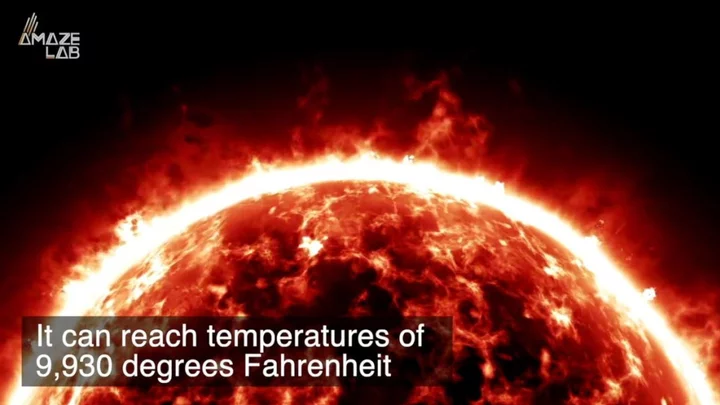Scientists have found an explanation for a 'gravity hole' in the Indian Ocean.
A gravity hole is an area where gravitational pull is low, causing the seafloor to sink.
Deep beneath the ocean, there is one that is three million square kilometers in size and previously it has confused scientists.
Now two researchers from the Indian Institute of Science, Debanjan Pal and Attreyee Ghosh, think they have solved the mystery.
More than 1,000 kilometers (621 miles) beneath Earth's crust, they found cold, dense remnants of an ancient ocean plunged into a 'slab graveyard' beneath Africa some 30 million years ago, stirring up hot molten rock.
Sign up to our free Indy100 weekly newsletter
Pal and Ghosh retraced the formation of the massive geoid by modeling how tectonic plates skimmed over Earth's mantle for the past 140 million years.
They ran simulations and compared the shape of the oceanic low those models predicted with observations of the dent itself.
The models that reproduced the Indian Ocean geoid low in its current form all had one thing in common: plumes of hot, low-density magma wafting up beneath the low. These plumes, as well as a distinctive mantle structure, are what created the geoid low; if they rise high enough, Pal and Ghosh reckon.
"In short, our results suggest that to match the [shape and amplitude of the] observed geoid low, plumes need to be buoyant enough to come up to mid-mantle depths," the pair wrote.
The first of these plumes appeared about 20 million years ago, to the south of the Indian Ocean geoid low, and around 10 million years after the old Tethys Sea sank into the lower mantle. As the plumes spread beneath the lithosphere and inched towards the Indian peninsula, the low intensified.
But more research needs to be done to work out what is really going on as not all scientists are convinced.
Science is crazy.
Have your say in our news democracy. Click the upvote icon at the top of the page to help raise this article through the indy100 rankings.

